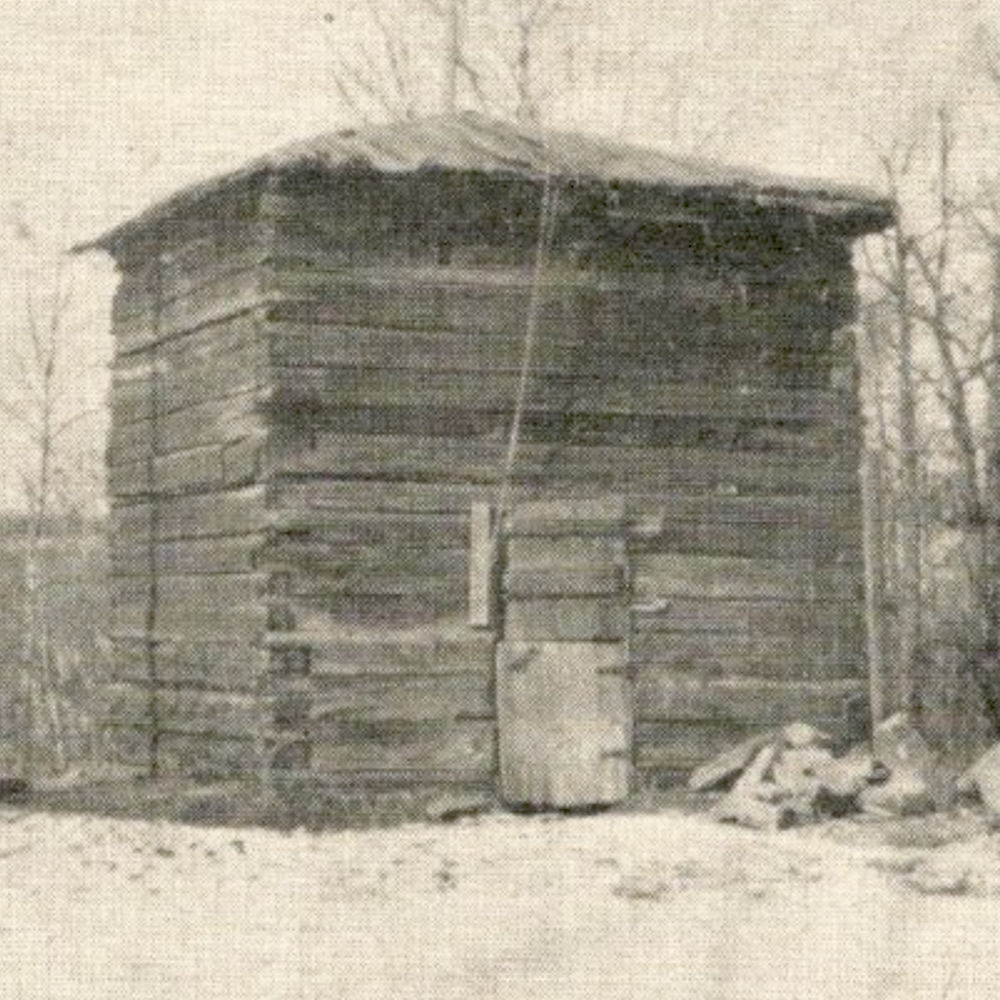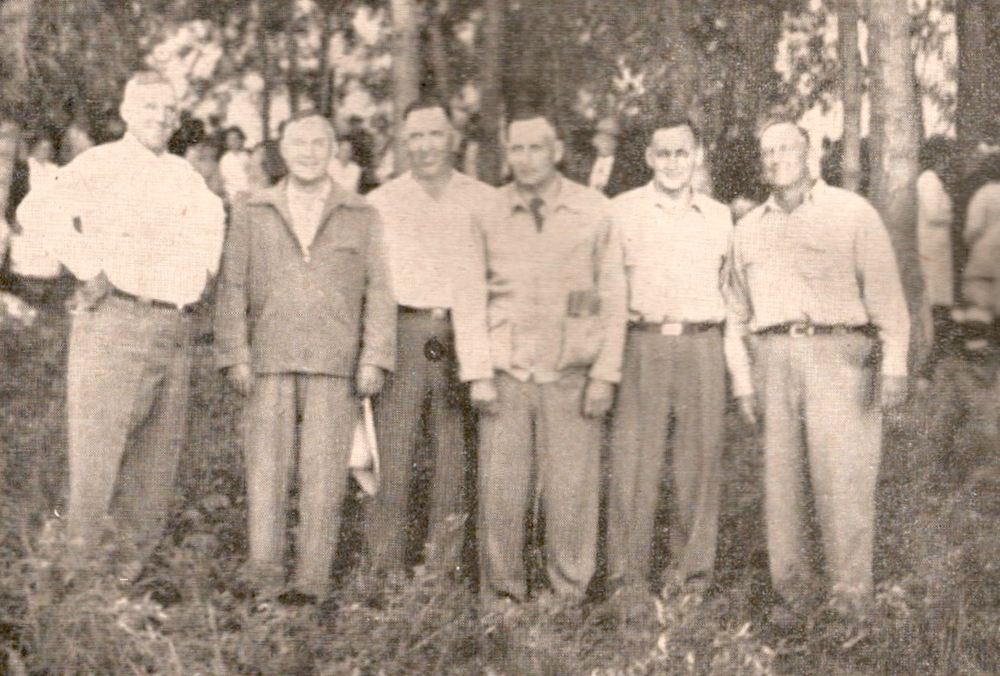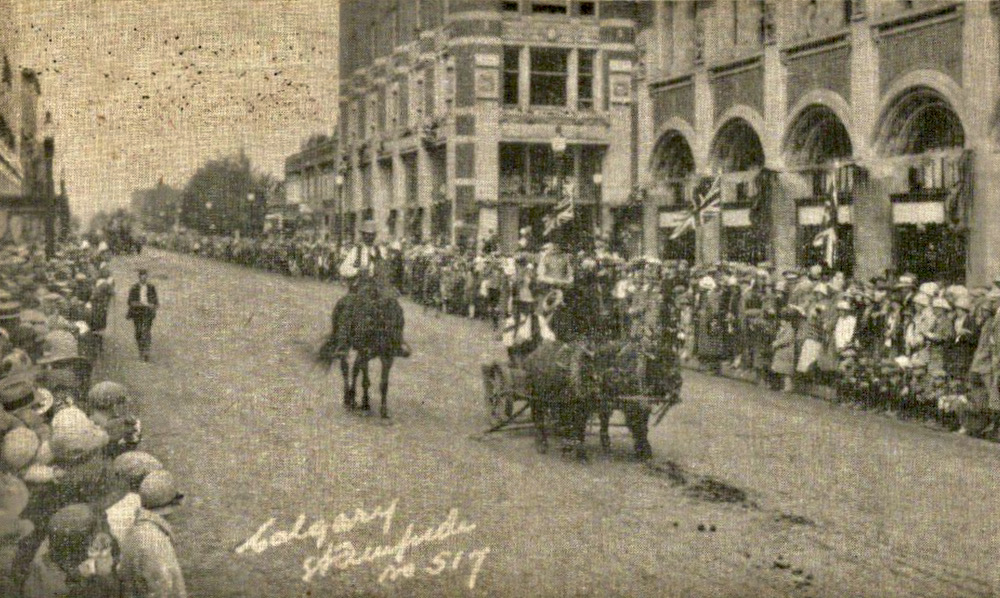Honouring a Farmer-Poet
By Kerry Wood, Red Deer, Alta.
Four hundred farmers and their families met on Labor Day to stage one of the most unique ceremonies ever held in Western Canada, when the pioneer Icelandic community of Markerville in Central Alberta unveiled a monument honoring the famous farmer-poet, Stephan G. Stephansson. Dominion, provincial, and municipal governments combined to sponsor the new Memorial Park, but chiefly it was a gathering of farm folk who came to pay their respects to the memory of a world-famous man who had once been their beloved neighbor and friend.
Read Also
History: Reminiscences of the North West Rebellion, 1885
Reminiscences of the North West Rebellion, 1885By Annie L. Gaetz ‘The seat of the North West Rebellion of 1885, was…
Stephan Gudmundsson Stephansson was born in Iceland in 1853, migrating first to the Dakota States and finally to Alberta soil in the 1890s, to the Icelandic settlement around Markerville. He homesteaded on land two and a half miles from the village, building a log cabin in a picturesque setting on the banks of the Medicine River. For over thirty years Mr. Stephansson was an active farmer there, raising a family of eight children and taking a prominent part in community affairs. But in the quiet hours of the night, this talented man toiled by the beams of a coal oil lamp to pour forth songs and sonnets, lyrics and epics that made him the greatest Icelandic literary genius of his period. At his death in 1927, Mr. Stephansson had published six large volumes of poems and was famous throughout the world of letters.
On Labor Day in 1950, surviving members of the Stephansson family and their many friends throughout the district gathered to honor the poet’s memory once again. The Dominion Government’s part in the day featured the unveiling of a grey granite cairn erected by the Historic Sites and Monuments Board of Canada, in tribute to the great Icelandic-Canadian. The Alberta Government was represented by the Provincial Parks Board, sponsoring a recreational park for the Markerville community in the broad meadow below the knoll on which the imposing cairn now stands. And the Markerville people intend to make the new park a two-fold memorial, honoring not only their distinguished man of letters, but planning, in time, to erect a memorial arch-entrance to honor their war dead.
The Chairman of the Provincial Parks Board, Mr. J. H. Holloway, pleasantly performed the duty of officially naming the new park, to be known as the Markerville Memorial Park. He stressed that this was the first of the 40 provincial parks in Alberta to combine three features in one: commemorative of a great Canadian, a memorial to a rural district’s war heroes, and a recreational playground for young and old of the community.
The presentation of the memorial was made by Professor M.H. Long, Alberta member of the Historic Sites and Monuments Board of Canada. Professor Long, historian at the University of Alberta, told of the Board’s work in preserving historic features of Alberta, with monuments located on old fur trading post sites, honouring early explorers such as David Thompson and the pioneer missionaries, John McDougall and Father Lacombe, plus the famous Indian Chief, Crowfoot. But this Markerville cairn was the first Alberta monument to a poet. When studying the merits of the suggestion that this monument be erected to honor Stephansson, Professor Long wrote to outstanding authorities on Scandinavian literature in all parts of the world, and was most gratified to learn that Stephan G. Stephansson was hailed by every authority as the greatest Icelandic bard of his time.
Jacob M. Stephansson, last surviving son of the poet, then unveiled the beautiful monument while the Markerville choir sang the Icelandic National Anthem.
A most interesting feature of the program that followed was a talk by Mr. O. Sigurdson, who had been instrumental in having a suitable memorial built on Stephansson’s grave some years ago, and who was one of the leaders in the recent movement to have the Historic Sites Board dedicate a monument to Stephansson’s memory. Mr. Sigurdson related his personal memories of his great friend and fellow-countryman, who, in addition to being a hard-working farmer, had found time to write over 2,000 poems. After Stephansson’s death, Mr. Sigurdson had appealed to Icelanders in all parts of Canada and the United States to contribute to a memorial fund, and in 1937, ten years after the poet died, a beautiful natural-stone monument had been erected on the private Stephansson cemetery on the banks of the Medicine River.
The main speaker of the day was Professor Skull Johnson, Knight of the Royal Order of the Falcon (Iceland), professor of literature at the University of Manitoba. Professor Johnson stressed that Stephansson regarded himself as primarily a farmer, his poetry being a product of his sleepless nights. The first of his poems had been published in Canada just prior to 1900, by a Winnipeg Icelandic press. Later on, a set of three volumes was published in Iceland in 1909 and these established the reputation of the poet throughout the Scandinavian world. Professor Johnson, who had known the poet personally, felt that Stephansson had two great loves that shone throughout his poetry: his beloved “Maid of the Mountain” that symbolized Iceland, and his boundless affection for the fertile fields of Western Canada and its glorious scenic beauties. Probably the poet’s deepest loyalty was to Canada, his adopted homeland and the cradle of his children, and his poetry abounds in glowing descriptions of Canadian life. Professor Johnson quoted liberally from the poet’s works, one of his translations being a charming poem describing a summer evening in Alberta. The speaker sincerely hopes that the Canadian people, unable to appreciate Stephansson because his poems had been written in Icelandic, might soon come to know and love the great man’s Canadian writings when these were translated into English, a project which students of Scandinavian literature hoped to accomplish in the near future.
After the program many paid a visit to the former home of the poet. The poet’s study has been preserved as a family memorial, with his writing desk and favorite chair, his library and pictures, and gifts from the Government of Iceland and fellow-writers. After this pilgrimage, the crowd went on to visit the family cemetery, where the remains of Stephan G. Stephansson lie beside the Medicine River he loved so well.















